After Black Lives Matter protesters in Bristol toppled a statue of slave trader Edward Colston on Sunday, there have been renewed calls to remove other monuments to slave traders in Britain.
Marvin Reeves, the mayor of Bristol, said he could not pretend to have “any real sense of loss” for the statue of Colston, describing it as a “personal affront”.
More than 11,000 people had recently signed a petition to have the statue pulled down, following numerous calls in the past to have it removed.
But Colston’s wasn’t the only monument to a slave-trader that people wanted gone.
Who was Edward Colston?
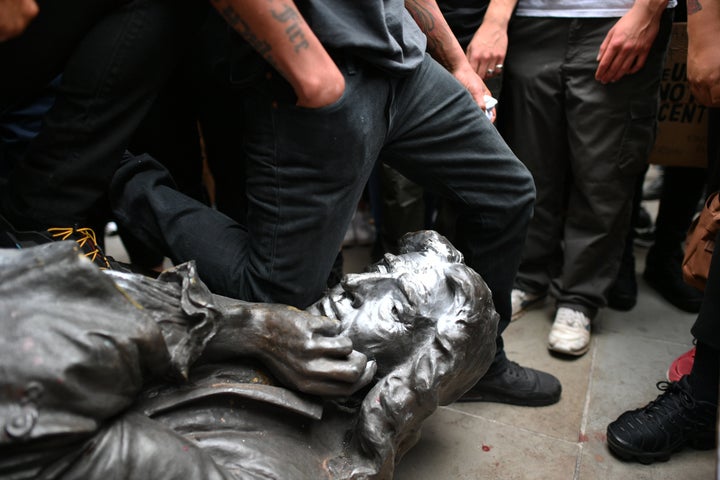
Edward Colston, born in 1636, built his fortune through the slave trade.
Not only did he have his own business trading slaves as well as wine and sugar, according to BBC History, but he was also an official of the Royal African Company – a slaving company that had the English monopoly on the slave trade until the end of the 17th century.
Colston, who was the MP for Bristol between 1710 and 1714, donated large sums of money to causes in the city, where his family was from.
The monument pulled down by anti-racist protesters on Sunday had been built in 1895.
But the city’s concert hall – Colston Hall – is also named after the slave trader, as is Colston Avenue and two local independent schools. Colston Hall is due to be renamed this year.
William Beckford
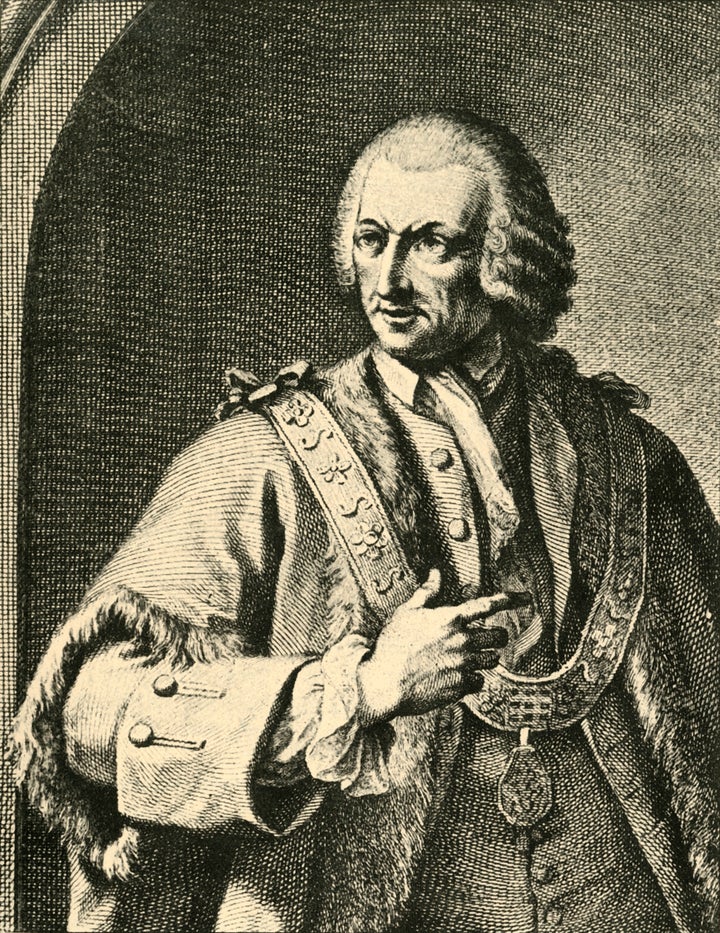
A statue to William Beckford stands in London’s Guildhall. Born in 1709, Beckford owned more than 20,000 acres of sugar plantations in Jamaica that enslaved about 3,000 people.
Beckford became the MP for Shaftesbury in 1747 and was later elected as the MP for London. He also served twice as the city’s Lord Mayor.
According to the V&A museum, Beckford used his political influence to form a powerful group of anti-abolitionist, pro-slavery MPs in parliament called the West Indies lobby.
In 1772, two years after his death, a monument to Beckford was erected in the Guildhall, an iconic building in the City of London.
Historic England said the Guildhall itself “epitomises the involvement of London in the transatlantic slave trade”.
Between 1660 and 1690, London officials who were shareholders in the Royal Africa Company – a slave company – would meet at the Guildhall.
James Penny
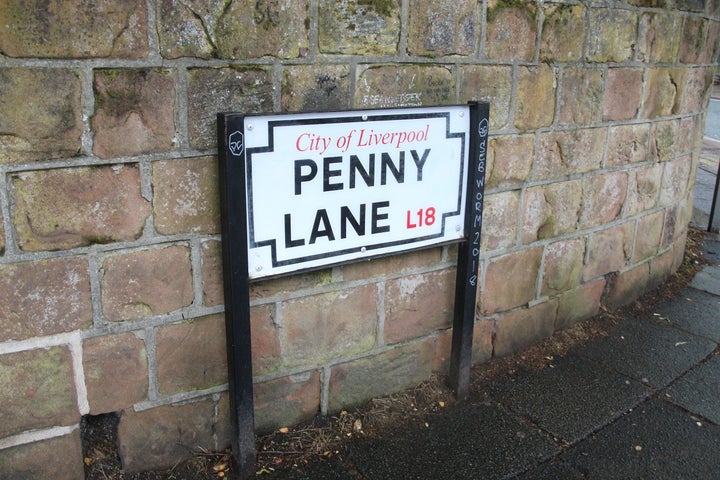
Penny Lane in Liverpool may have been made famous by the Beatles, but historians believe it is actually named after slave trader James Penny.
In 2006 Eric Lynch, an expert on Liverpool’s slave trade, told the BBC: “Penny Lane is thought to have been named after James Penny, one of the slave ship owners.”
Penny, who was born in the 18th century, made his fortune transporting slaves.
In 1792, he was awarded with a “magnificent silver epergne” for speaking out in favour of the slave trade to a parliamentary committee, according to National Museums Liverpool.
But it is not just Penny Lane that is a reminder of the city’s links with the slave trade.
According to Historic England, Parr Street in Liverpool – home to the city’s iconic Parr Street studios – is named after slave trader Thomas Parr.
Historians estimate that his ship, the Parr, carried 700 slaves at a time.
Robert Milligan
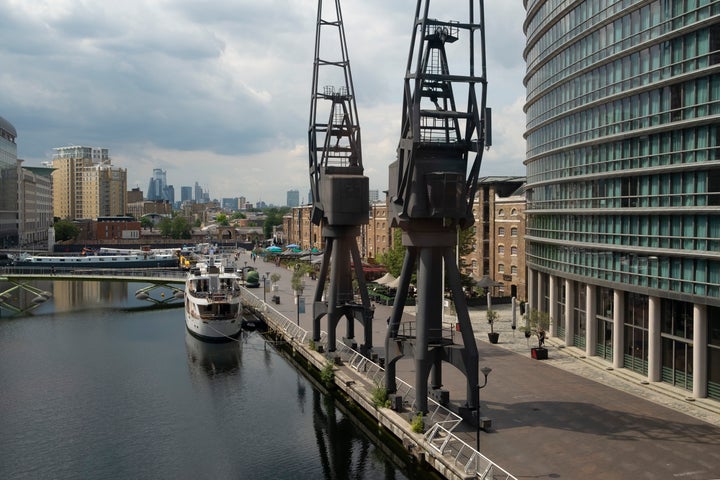
Robert Milligan was born in around 1746 to a plantation-owning family in the Caribbean.
The Museum of London describes him as a slaver who settled in the capital. At the time of Milligan’s death in 1809, there were 526 people enslaved on his plantation in Jamaica.
Milligan – along with other West India planters and merchants – built London’s West India Docks at the start of the 19th century to import sugar, rum and coffee from Caribbean plantations.
According to the museum, Milligan was a driving force behind the docks, which were not only funded in part by profits from slavery, but were designed to make the import of slave-grown goods more efficient.
In 1813, the West India Docks company erected a statue to Milligan, which still stands on the West India Quay in Canary Wharf.
Andrew Cochrane and Andrew Buchanan
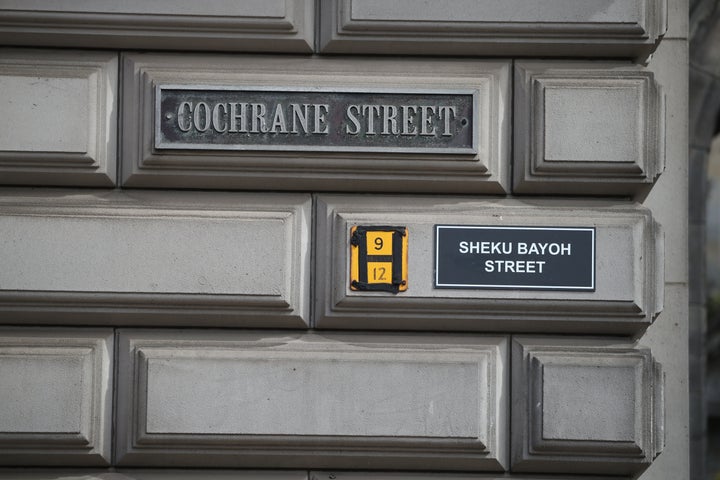
Two prominent streets in Glasgow city centre – Cochrane Street and Buchanan Street – are named after merchants with links to the slave trade.
While Cochrane Street was named after Andrew Cochrane, an 18th-century tobacco lord, Buchanan Street was named after slave trader Andrew Buchanan.
But over the weekend, anti-racism campaigners renamed the streets.
Cochrane Street was given the title ‘Sheku Bayoh Street’ after Sheku Bayoh, who died in police custody in Scotland in 2015 after he was restrained by officers responding to a call in Kirkcaldy, Fife.
Meanwhile, Buchanan Street was renamed George Floyd Street.
Floyd died after a white police officer knelt on his neck for nine minutes in Minneapolis on May 25 even as he pleaded: “Please – I can’t breathe.” His killing has sparked two weeks of protest around the world and the officer is facing a second-degree murder charge.

